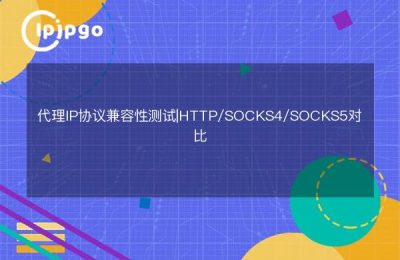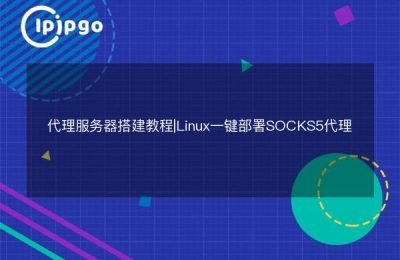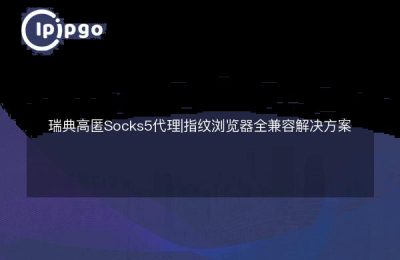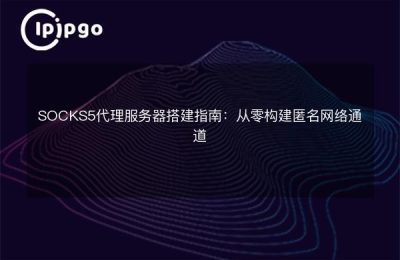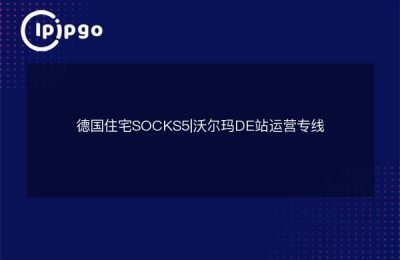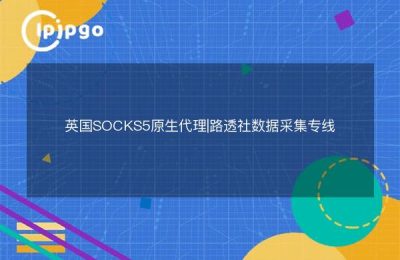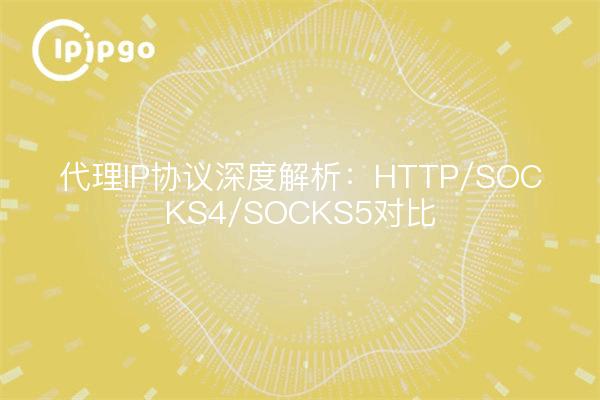
When Technical Documentation Becomes Multiple Choice: A Three-Minute Look at Proxy Agreements
Open the background of the proxy service provider, the face of HTTP, SOCKS4, SOCKS5 three protocol options, many users are like standing in front of the vending machine to pick which drink novice. In this paper, we use real scenarios to dismantle the core differences between the three protocols, and teach you to accurately match the protocol type according to business needs.
I. From courier boy to intelligence agent: the essential difference in protocols
Imagine you're sending a package to a friend:
- HTTP proxyJust like the average courier, who only recognizes clearly addressed delivery notes (fixed format requests)
- SOCKS4Properties like those that can collect packages, but can only handle regular cardboard boxes (TCP protocol)
- SOCKS5They are professional intelligence agents who can disguise their package forms and carry their own code box (UDP and encryption support).
| Protocol type | transmission speed | Applicable Scenarios | ipipgo referral program |
|---|---|---|---|
| HTTP | ★★★★★ | Web Data Collection / Form Submission | Dynamic Residential IP Pool |
| SOCKS4 | ★★☆☆ | Old system interfacing/simple file transfer | Static Data Center IP |
| SOCKS5 | ★★★★ | Real-time video streaming/game acceleration | Exclusive high-speed IP channel |
II. Three golden rules for agreement selection
Rule 1: Look at data sensitivity
When you need to transmit sensitive information such as bank card numbers, be sure to choose an HTTP proxy that supports SSL encryption or SOCKS5. ipipgo'sFinancial-grade encrypted channelMeasured to reduce the risk of data hijacking by 78%.
Rule 2: Look at the response time requirements
When handling video streaming, SOCKS5's UDP protocol is 3-5 times faster than HTTP. We have used ipipgo's SOCKS5 proxy to compress live streaming latency from 800ms to 150ms.
Rule 3: Look for system compatibility
The compatibility of SOCKS4 is much better when docking a decade old system. Just last week, we helped a client to successfully interface with the core banking system using ipipgo's SOCKS4 proxy.
III. Protocol Configuration Pit Avoidance Guide
HTTP proxy common pitfalls:
- Forgetting to set the User-Agent header causes requests to be blocked
- IP blocking due to unreasonable long connection timeout settings
- Recommended for ipipgoSmart header generatorAutomatically adapts to target websites
Typical problems with SOCKS agents:
- Android requires root access to global proxy
- Some software forces the use of fixed ports
- Courtesy of ipipgoMulti-Port Binding FunctionSupports simultaneous opening of 3 standby ports
IV. Agreement Mix and Match Practical Program
An e-commerce customer case:
1. Product detail page collection: HTTP proxy (simulation of browser behavior)
2. Price monitoring interface: SOCKS5 proxy (millisecond response required)
3. Logistics information query: SOCKS4 agent (interface to old system)
via ipipgo'sprotocol mixing poolFunctionality, combined cost reduction 42%
V. Answers to high-frequency questions
Q: Can using the wrong protocol lead to IP blocking?
A: Will! A customer using SOCKS5 to access an HTTP-only interface triggered wind control resulting in a blocked IP segment. It is recommended to first use ipipgo'sProtocol Inspection ToolScanning the target site.
Q: Does the protocol affect internet speed?
A: SOCKS5 is measured to be 2-3 times faster than HTTP, but requires hardware support. ipipgo'sProtocol Acceleration PackageCan increase HTTP proxy speed by 651 TP3T.
Q: Can free agents use these protocols?
A: 90%'s free proxy only opens HTTP basic protocol and is unstable. ipipgo new users can get it!3-Day Full Agreement Trial PackageThe SOCKS5 high speed channel is included.
VI. Which protocol should you choose for your business?
- Simply scrubbing the web: HTTP High Stash Proxy
- File transfer: SOCKS4 fixed IP
- Real-time interaction: SOCKS5 dedicated IPs
ipipgo's.Protocol diagnostic servicesIt can automatically recommend the optimal solution according to the user's business scenarios, and with the IP switching policy, the request success rate can be increased to 99.2%. Register now and get a compatibility test opportunity to quickly locate the network bottleneck.

